|
As we mentioned in our last post, we’ve added a new boat to our fleet, the R/V Phoenix: A 2017 Zodiac Pro 750 rigged with twin 115hp Yamaha four stroke engines. We chose this boat based on our past experience with our 2009 Zodiac Pro 650, which has exceeded our expectations. Our 750 has the same internal components (console and bolster seat), which means that all the extra length and width of the boat translates into additional deck space. There were a ton of moving parts associated with this purchase. To start, the boat and two trailers were delivered to the dealer in Ventura California, and we needed to get all three down to Vista, CA for the next phase of this adventure. One of the trailers needs to be shipped to San Clemente Island, the boat needs to have a bow pulpit fabricated, electronics need to be installed, and all this has to be done in a short period of time since we all live in Washington! Thanks to the support of Inflatable Boat Specialists in Ventura CA, Phoenix went from shrink-wrapped on the delivery truck with the tubes off, to prepped and ready for sea trials (including the installation of some of the electronics) in just 2.5 days! Today’s puzzler: How do you move two trailers, one boat and one truck from point A to point B in one trip? This was the puzzle we faced when taking delivery of Phoenix, and here’s how we solved it: Greg went to Ventura to inspect the boat and help layout the installation of electronics. Brenda, Erin and Sebastian went to Vista to gather up gear that would be needed for a boat trip from Ventura to Oceanside, including research gear (we never miss an opportunity to conduct science). On Friday, Brenda and Erin’s dad, Frank, jumped in his truck and drove up to Ventura to meet up with Greg and the boat. Phoenix was launched for initial sea trials (teaser, we hit 48 knots!) and stayed in the water overnight in Ventura. The now empty trailer went back to Inflatable Boat Specialists where the crew used a fork lift to stack the second trailer on top of the first for transport. Early Saturday morning Greg and Frank motored out of Ventura Harbor for the 130 nautical mile run down to Oceanside, while Brenda had the unenviable job of towing the two stacked trailers through Los Angeles, down to Vista. The trip on the boat started with a gorgeous sunrise, and the rest of the day followed suit. While much of the trip was done at relatively slow speeds as part of the break-in procedure, the seas were calm and the trip only took 9 hours. Meanwhile, Brenda arrived in Vista with the two stacked trailers, and since she and Erin did not have the luxury of a forklift, had to use some ingenuity and muscle to get the two trailers un-stacked. Using an engine hoist and elbow grease (with a huge shout-out for the helping hand from Erin’s brother), they got the two trailers un-stacked just in time to head to the ramp to pick up Phoenix from her first full sea trial. We spent Sunday working on smaller details (installation of safety gear, additional electronics, trailer modifications, etc.), as well as some unexpected hiccups. This leads us to Puzzler of the day # 2: What is going to be heavier in the water: a typical galvanized box-frame trailer (which can trap air inside the trailer frame), or an aluminum I-beam trailer which is made from lighter material but has no air trapped inside? This was a question we had pondered before we purchased these trailers, yet the answer was not clear—forums on the web suggested that floating of aluminum trailers was a problem, but mainly for triple axel trailers. However, in our short experience, we can tell you that a tandem axel aluminum trailer is pretty close to neutrally buoyant in salt water. Our trailer was floating back and forth with only a small amount of current inside a well-protected harbor. This is a problem because we are routinely operating at an unprotected boat ramp where seas that will move a heavy single-axle galvanized trailer are common. Today the boat is going to marine fabricators to get a bow pulpit built (an essential piece of equipment for our operations) and a few other odds and ends to complete before flying back to WA mid-week. With any luck (and a bunch more hard work), the boat will be ready for us to use on our next field project in early November.
As we mentioned previously, we will take every opportunity to conduct research when on the water. Overall, the transit down was very quiet with only a couple of sightings (common and Risso’s dolphins). It was quiet for marine life, that is. Trash was another story. We collected 44 mylar and latex balloons, debris that is mistaken as food and ingested by animals. Wads of ribbon serve as perfect entanglement traps. This number only accounts for the ones we were able to retrieve. It’s typical for us to find balloons dispersed far and wide and we are just not able to collect everything given time constraints. We find this frustrating. How can you help? Prevent the problem. Don’t release balloons and pass the word on! When you find one, pick it up and dispose of it properly. Balloons can be found everywhere but especially so on the water. Boaters, you have an opportunity to make a big difference. Please consider making a positive change and committing to clean up the environment while out enjoying your day. If we all come together, we can accomplish great things!
2 Comments
11/15/2017 00:53:28
I'm really glad that this is finally underway. I've been waiting for its construction ever since. With this, the community can finally start conducting more positive changes to the place. This is a good sign to the beach and I'm sure that the citizens are glad to hear this. I'm one of the many people who has been anticipating for this. Keep on doing a good job and I'm sure that you'll get more support from the community.
Reply
Leave a Reply. |
AuthorClick here to learn about our research staff. Archives
August 2022
Categories |
Proudly powered by Weebly
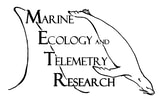
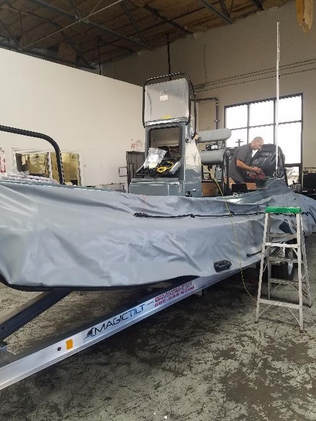
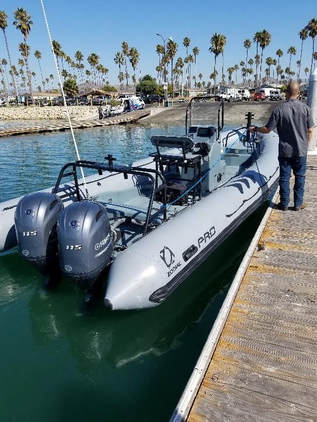
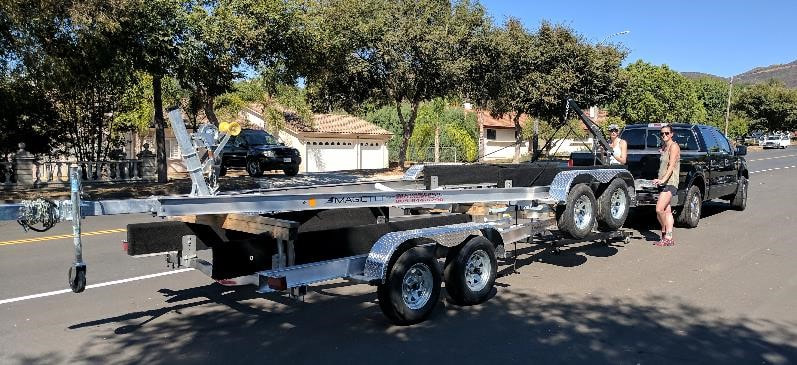
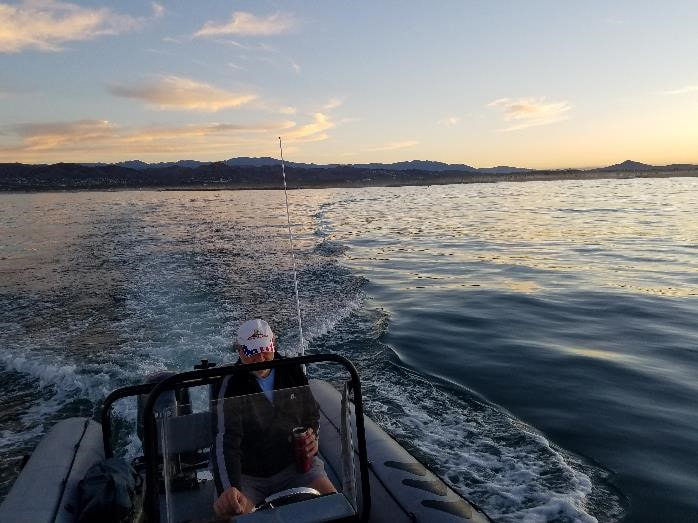
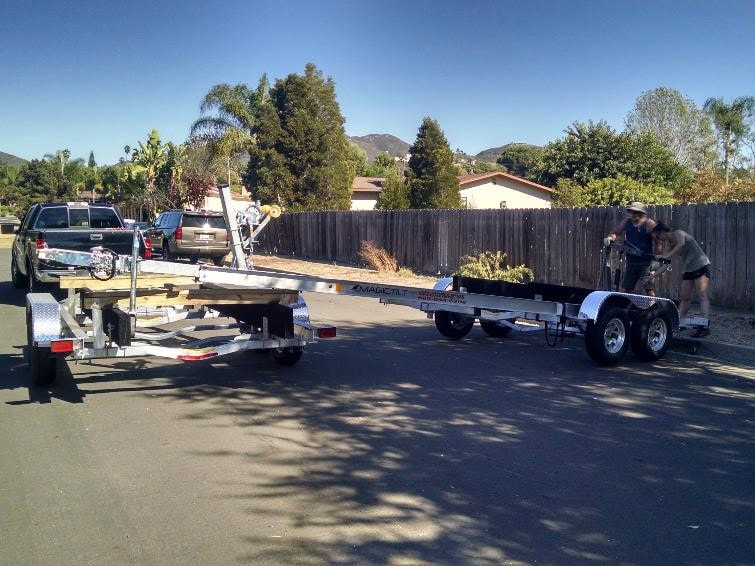
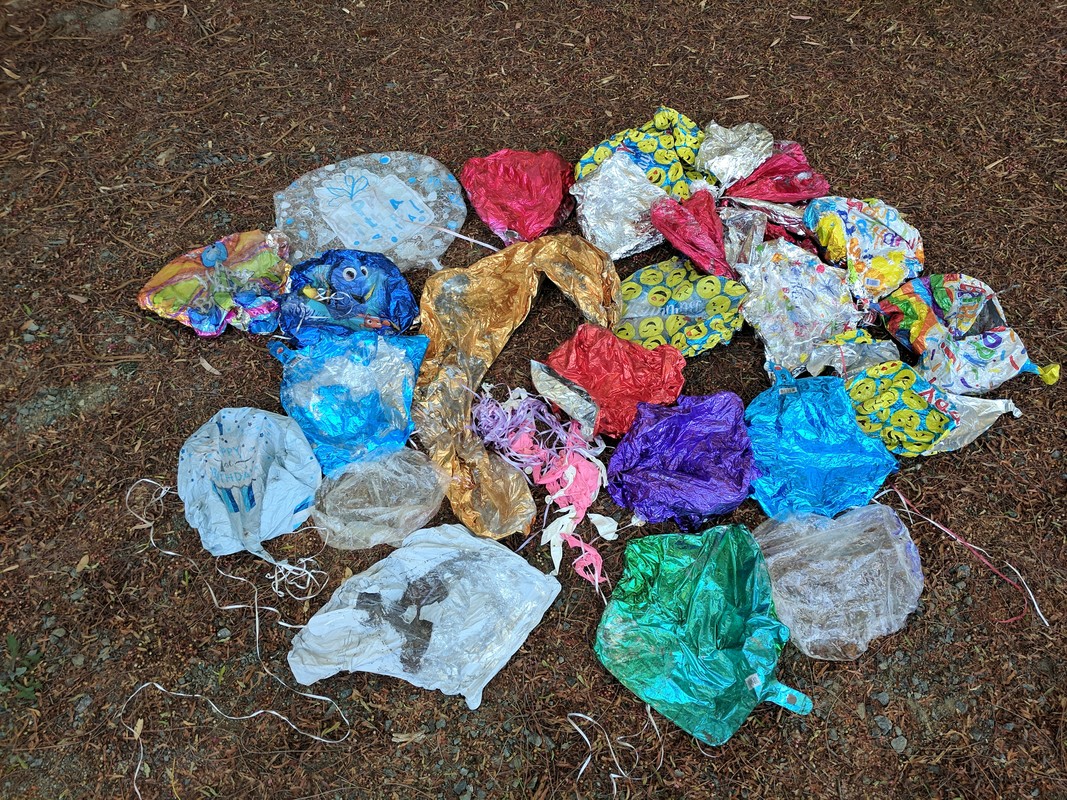
 RSS Feed
RSS Feed